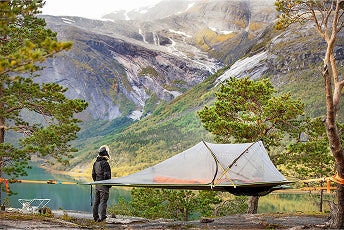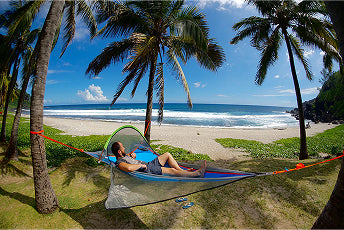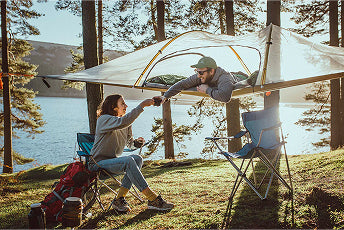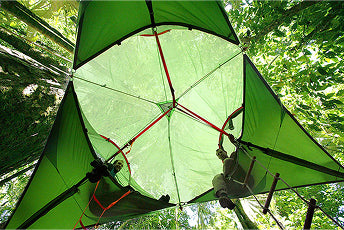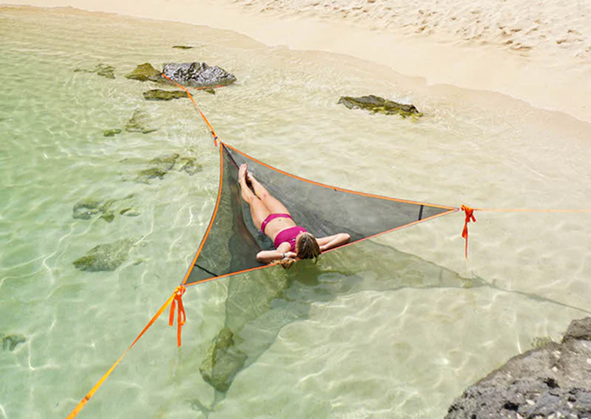Heading out on your first backpacking trip and scanning around the internet for what to bring? We’ve all been there. First-time backpackers may feel a bit nervous about bringing too little, or too much. No one wants to leave something behind, just like no one wants to carry something for days that they never end up using. But worry not! We’re creating this guide to share what we believe to be true backpacking essentials for any multi-day trek through the wilderness.
A Good Pair of Hiking Boots

Don’t skip out on this one. Having a solid pair of hiking boots is absolutely a backpacking essential. There are a few things to consider when purchasing a good pair of boots. First, and most importantly, are they comfortable and do they fit? Don’t buy them until you’ve tried them on and are sure they are the right fit for you.
Next, do they provide ankle support? This is important for hiking in most situations, but especially when you’re covering rough terrain, wet or slippery surfaces, and any other areas where rolling an ankle is possible. Finally, are they waterproof? If rain or snow starts coming down during your hike, you’ll be glad to have a high-quality waterproof boot. And even if the weather cooperates, you may still find yourself crossing creeks and stepping in mud puddles. Waterproof boots are a must!
A Hammock or Tree Tent

Many hikers are switching from conventional ground tents to comfortable hammocks and tree tents. Hammocks, such as our Solo 1-Person Mesh Hammock or our Trillium Giant 3-Person Hammock excel in providing campers with a lightweight, summer-friendly option for sleeping outside during hiking expeditions. Also, our tree tents, such as our Stingray 3-Person Tree Tent lets hikers float above the snow during winter months, camp on uneven ground, and even fend off bugs with a built-in insect mesh. And again, these tents are lightweight and lessen the encumberment of any pack.
A Single-Burner Backpacking Stove & Cookware
Keep one of these on hand for cooking and boiling water (for tea/coffee and sanitation). A good backpacking stove is small, portable, lightweight, and is easily stowed away. Most of these stoves run on butane, an altitude-friendly gas that can be found in canisters at most sporting goods stores.
You’ll also want to bring along one small piece of multi-use metal cookware. You can use this metal vessel to boil water in, cook in, eat from, etc. It’s a great way to save space, save cleaning up, and make cooking quick and easy while out on the trail.
The Right Clothing

It’s time to think ahead and do some research. The number 1 question concerning what to wear and bring on the trail is: what will the weather be like? You can never go wrong with bringing a pair of zip-off hiking pants. For those who don’t know, these can be worn as pants or shorts once the bottom half is zipped off.
If it’s going to be on the colder side, wear long underwear underneath them when needed. It’s always wise to bring layers. Even if daytime temperatures are warm, who’s to say that temperatures won’t drop off significantly as night falls? Bring a jacket, some t-shirts, and probably a thin thermal layer as well. Finally, long wool socks are always a nice addition when you’re wearing hiking boots all day—no matter what the weather is like.

